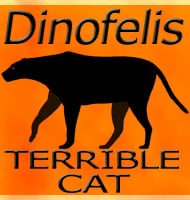Technosaurus
In Depth Technosaurus is in simple terms a mess. Described in 1984 by Sankar Chatterjee from an astralgus (ankle bone), a dorsal (back) vertebrae, two lower jaws and a premaxilla, Techonosaurus was heralded as the earliest ornithischian (bird hipped) dinosaur of the time. Then in 1991another palaeontologist named Paul Sereno re-examined the fossils, a study … Read more
